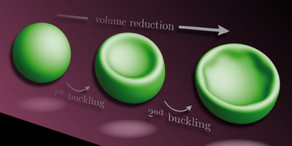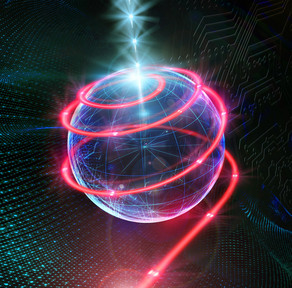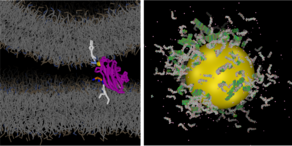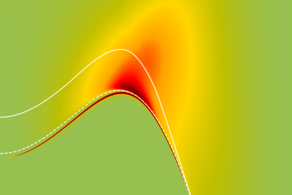Temperature degrades entanglement emitted from quantum dots
- Reiter

Semiconductor quantum dots can generate polarization-entangled photon pairs via the biexciton-exciton cascade. Because the quantum dot is a solid-state object, the interaction with the quantized lattice vibrations, i.e., the phonons, can impair the fidelity of the generated entanglement, in particular at higher temperatures. Therefore, at the moment, quantum dots are operated at liquid helium temperatures (4K). Our studies aim to understand, if generating high- fidelity entanglement from quantum dots with Sterling cooler operating at 30K is feasible.
In one study, published in Nano Letters, together with our experimental colleagues, we studied the influence of dark and hot exciton states on the entanglement fidelity. In our paper we show that these closely lying states can be occupied due to the interaction with phonons, resulting in a severe loss in entanglement fidelity as soon as a thermal occupation becomes possible. In agreement with experiment, we have developed a multi-level model, which can explain both the decay dynamics and the temperature behaviour of the fidelity, revealing that these additional states are indeed detrimental.
In the other study, published in Phys. Rev. B, we consider the entanglement of a continuously driven quantum dots, which depending on the parameter emit different kinds of entangled photons. With phonons, the entanglement is greatly reduced and even vanishes completely. Interestingly, there is a clear point, which marks the transition from entanglement to no-entanglement. The characteristics of this points as function of temperature behaviour can be described by an exponential law akin to a phase transition.
The papers resulted from a collaboration with the theoretical group from Martin Axt from Bayreuth. The experiments in the Nano Letters paper were performed in in the group of Armando Rastelli from Linz and additional calculations were done by Michał Gawełczyk from Wrocław ( ).







